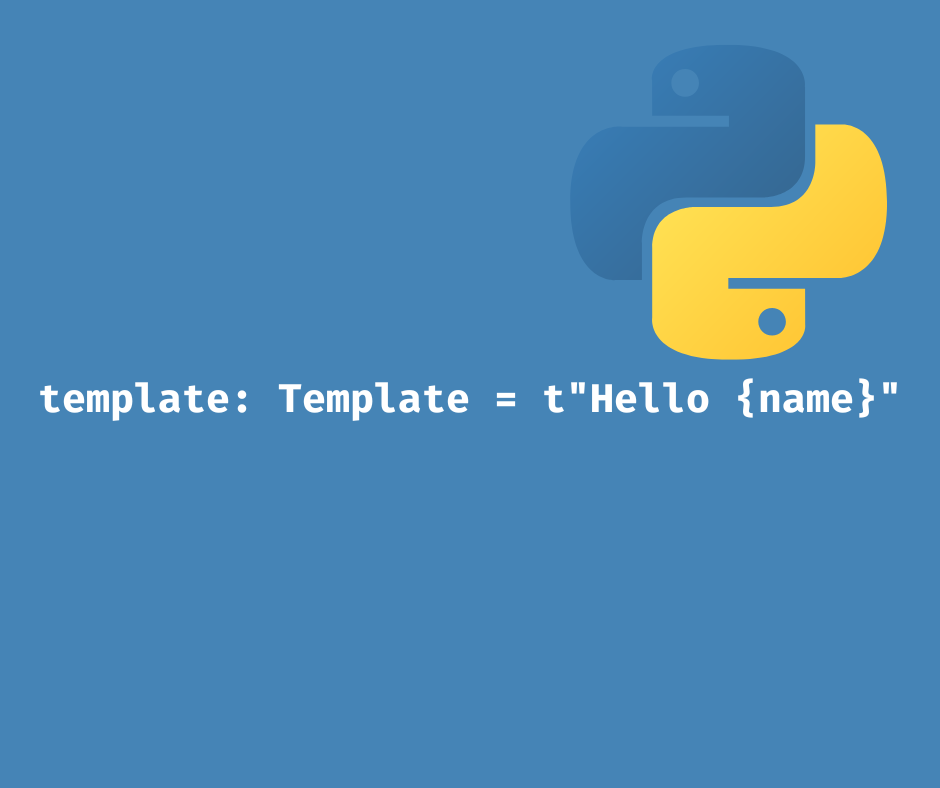T-Strings: Python’s Smarter, Safer String Interpolation
Why t-strings outshine f-strings for secure, flexible coding
Python's f-strings, introduced in PEP 498, are simple and popular, but t-strings, launched in Python 3.14 via PEP 750, offer a superior approach. By evaluating to a Template object instead of a str, t-strings provide enhanced safety and flexibility.
F-strings, such as f"Hello, {name}!", are intuitive but flawed. Their immediate str evaluation risks security issues like SQL injection or XSS when handling unescaped user input, for example, f"SELECT * FROM users WHERE id = {user_input}". They also lack flexibility for custom processing in logging, templating, or domain-specific languages, limiting their use in complex scenarios.
T-strings, written as t"Hello, {name}!", address these issues. They enable input sanitization before rendering, ensuring safe HTML or SQL generation, as shown in PEP 750. Their Template object allows manipulation for web frameworks, custom query languages, or deferred logging. Built on PEP 701, t-strings reuse f-string syntax for easy adoption. PEP 787 extends support to modules like subprocess, making shell commands safer and scripting more robust.
Web developers gain secure templating for Django or Flask. Data scientists can craft query languages for pandas. DevOps engineers benefit from safe subprocess execution and optimized logging. Educators can teach secure coding practices early. T-strings also position Python alongside languages like Java, with its JEP 459 template literals, reinforcing its modern relevance.




